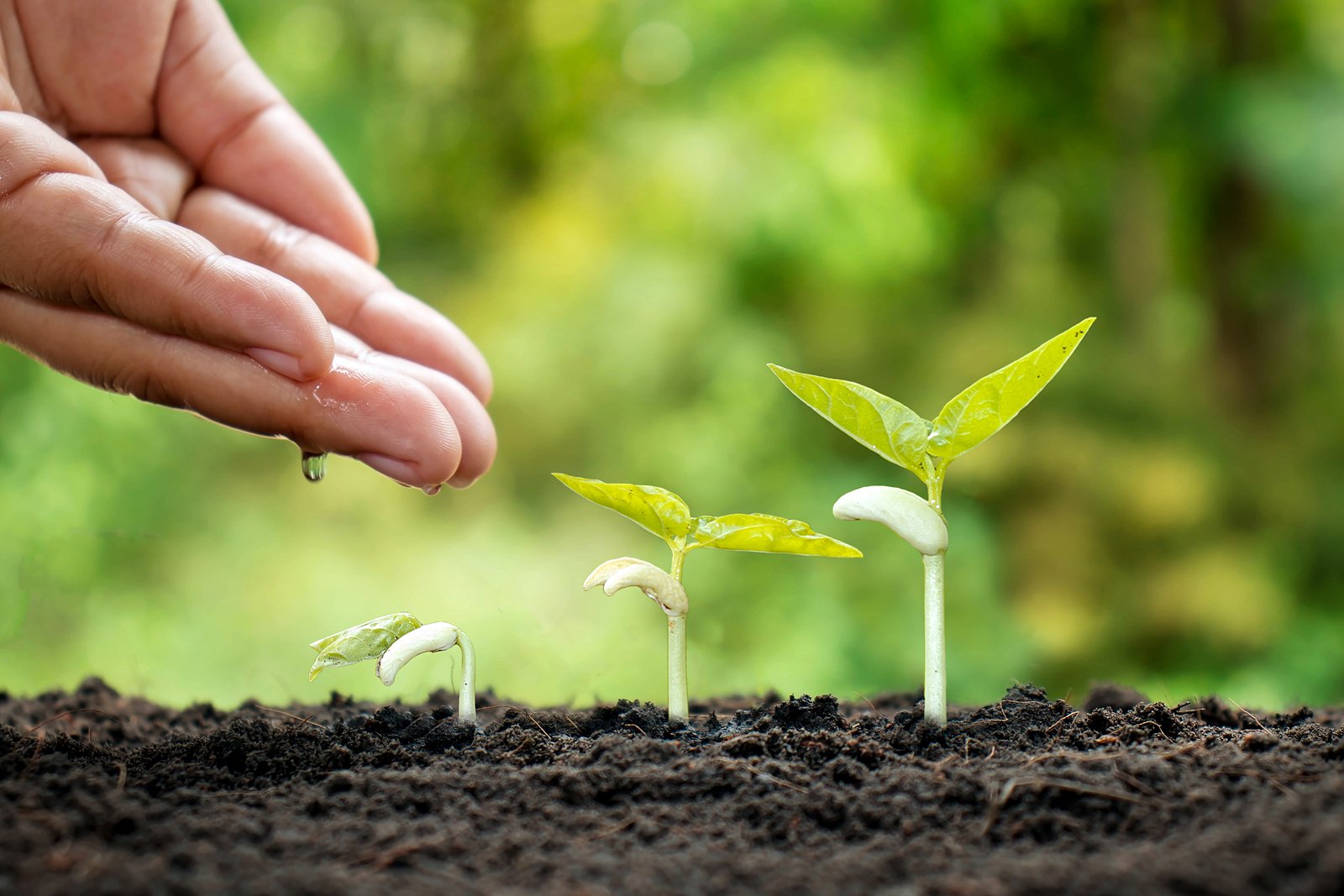We are all doing more with less in our workplaces.
Change and constant challenges have become the new normal. VUCA (Volatility, Uncertainty, Complexity and Ambiguity) is now a constant that both individuals and teams are having to manage on a daily basis. Teams can either demonstrate agility to manage this environment or they can basically get stuck in the mud.
Being Resilient at work is about creating SUSTAINABLE success rather than simply coping over the short term.
It involves the capacity to:
• Create a climate that promotes cohesion and allows all members to manage the pressures of work while staying physically and mentally healthy.
• Adapt to change and collectively respond and learn from unexpected setbacks such as changes in job role, workload or working arrangements.
• Be proactive and anticipate and position for future challenges together.
To achieve these capabilities as a team all members of the team need to take responsibility for their personal resilience and mental toughness.
However, investing in the resilience of individual members alone does not guarantee a resilient team. If you put a group of very talented musicians together – soloists in their own right, this does not mean they will be able to instantly work together in an orchestra to play a beautiful symphony. It takes a lot of hard work before they can play together in harmony.
We need alignment with those we work with.
• A sense of purpose
• Having support
• Being able to engage in self care
• Taking accountability and responsibility.
An organisation needs to consider a systemic approach to team resilience. This includes:
Individual factors
• If we all work on our individual resilience we can make a difference,
• But the team we work with and the leader we report to can either promote or detract from our resilience.
• As a result, a focus on individuals alone can limit the sustainability of any changes we attempt to make.
Team Level Factors
• Resilience at a team level is not simply the sum of the resilience of each member.
• Collectively we need to develop an environment that fosters resilience.
• Including – creation of a shared purpose, mutual support and accountability.
• Without this alignment and cooperation, we can work against, rather than for, the resilience of those we work with.
• We also need to promptly attend to counter-productive behaviour.
Leader Level Factors
• Leaders have substantial impact on their team.
• A leader can promote, or detract from resilience through role modelling.
• A leader directly influences the work place climate.
• Are leadership practises supported by their actions.
So what are the components of a Resilient team?
• ROBUST – having shared purpose, goals and values and the skills needed to do the job. Being proactive when issues arise from the team.
• RESOURCEFUL – Harnessing team member strengths and resources and building a culture of continuous improvement.
• PERSERVERENCE – Staying optimistic and having a solution, rather than a problem focus. Persisting in the face of obstacles.
• SELF-CARE – Promoting and deploying good stress management routines and being alert to overload in members. – Supporting work-life balance.
• CAPABILITY – Continually building capacity through accessing networks and supports. Seeking feedback and building on what works.
• CONNECTED – Caring for colleagues as people and being co—operative and supportive with each other.
• ALIGNMENT – Aligning and developing the talents of team members to create the desired outcomes. Sharing and celebrating success with each other.
So how can you commence having a conversation with your team to build resilience?
Step 1 Recognising what you currently do well that creates resilience and then map these against the 7 components.
Step 2 Rate the teams overall performance in each of the components.
Step 3 Start to formulate a plan determining both team strengths and areas worth further exploration.
This is just the start to having a proactive conversation between leaders and team members which can result in significant benefits for team resilience.
Want to know more about building team resilience and mental toughness? If so, contact me at michelle@bakjacconsulting.com for more information on team sessions and strategy.
Michelle Bakjac is an experienced Psychologist, Organisational Consultant, Coach, Speaker and Facilitator. As Director of Bakjac Consulting, she is a credentialed Coach with the International Coach Federation (ICF) and a member of Mental Toughness Partners and an MTQ48 accredited Mental Toughness practitioner. Michelle assists individuals and organisations to develop their Mental Toughness to improve performance, leadership, behaviour and wellbeing.

































